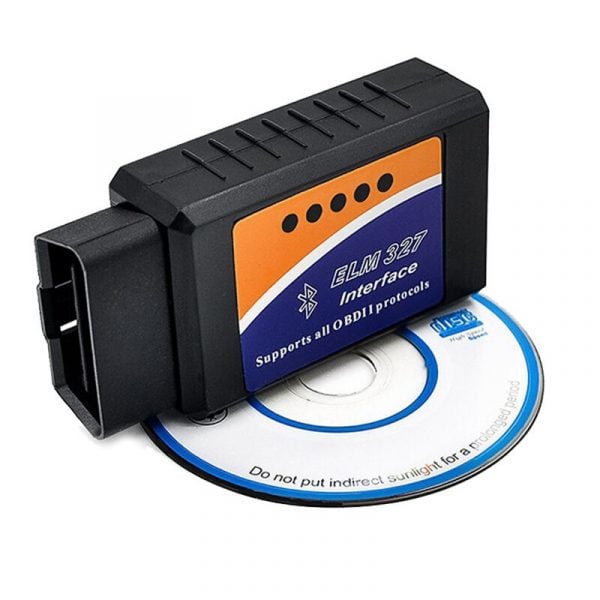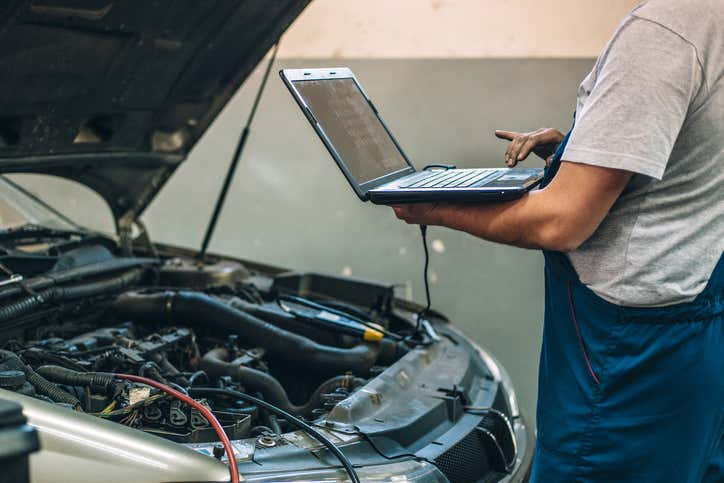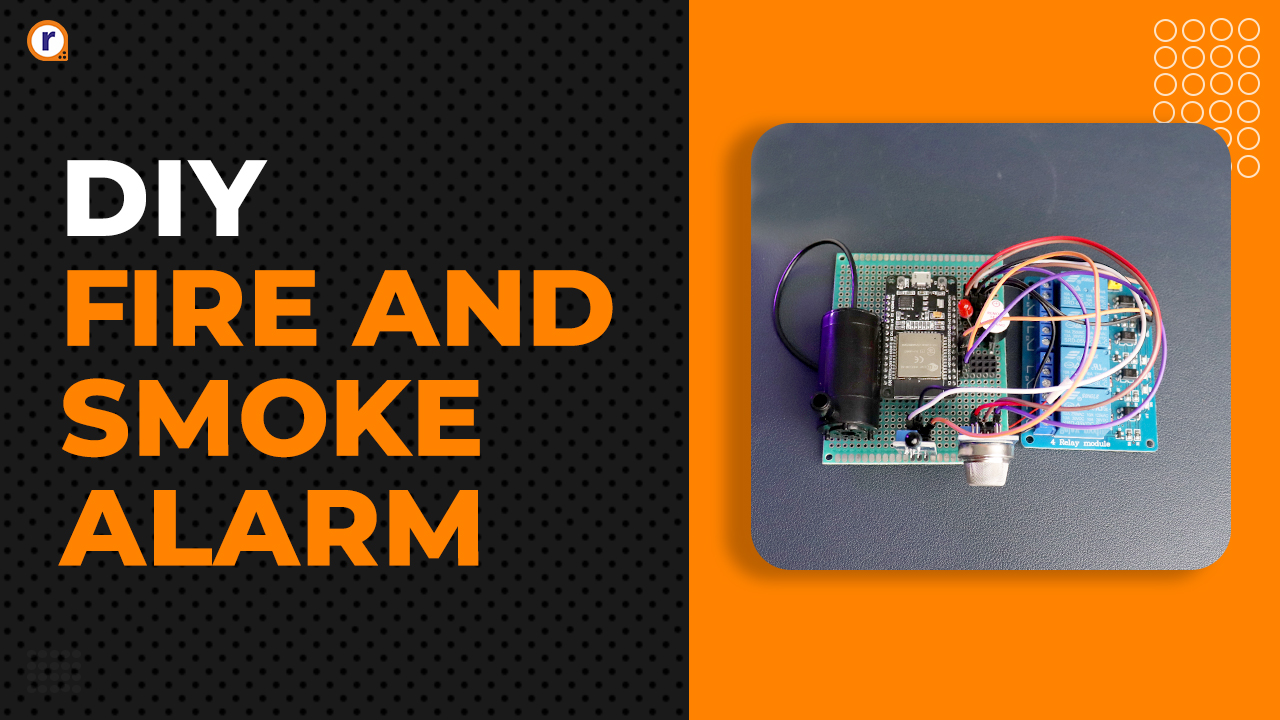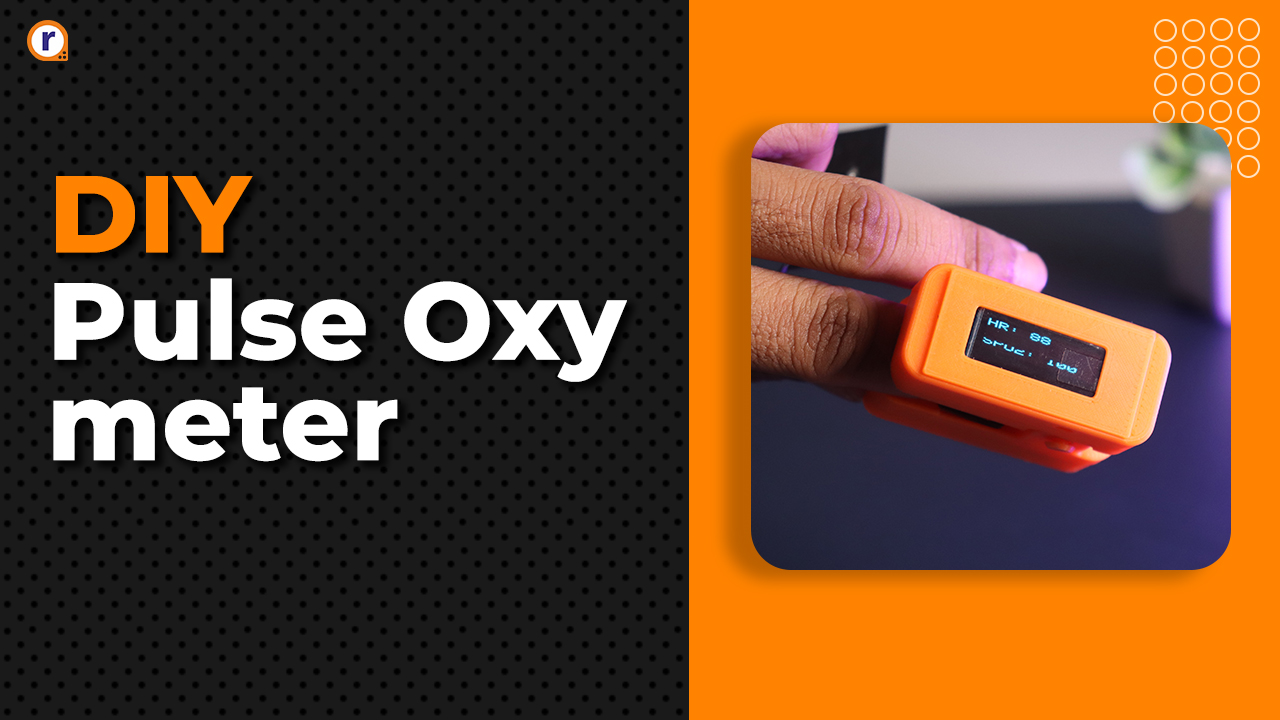What is an OBD Scanner?
This blog will learn what an OBD scanner is and why it is essential while having car issues. We will also see how the OBD technology has evolved and what advancement has been done till now.

Being an enthusiastic engineer, you might take some interest in automobile electronics. If you are interested in automobile sectors and embedded automobiles, you have gone through words like ECU(Electronic control unit), ABS(anti-lock braking system), ACS(Adaptive cruise control).
Similarly, one important terminology is there called OBD, abbreviated as onboard diagnostics. For diagnosing the automobile system(like car, trucks) issue, we use the OBD method, and to know the fault in a system with the help of OBD, we use an OBD scanner.
What is an OBD?
The abbreviation of OBD is an onboard diagnosis. OBD is a capability that helps monitor the performance and issues in the Vehicle's engine, transmission, and other subsystems. In simple words, OBD is onboard diagnostic, a process to scan a Vehicle with an onboard computer.
The computer/Embedded system collects information from the sensors inside the Vehicle, which the system can then use to regulate car systems or alert the user about problems. A technician can then plug into the OBD system to collect Vehicle data and diagnose the problem.
Why should we use an OBD Scanner?
The basic information that we know, the OBD scanner, diagnoses the problem in automotive vehicles. Without them, you won't find out what is an actual problem with your car. The mechanics also use this device to diagnose the car problem.
How does OBD System work?
A basic OBD system consists of a central system, indicators, a network of sensors, and a connection point, creating a complete monitoring system with standardized access. It consists of the following components:
- ECU: The central part of the OBD system is the Electronic Control Unit, or ECU. The task of ECU is to collects input from various sensors from every part of the Vehicle. The ECU then uses this data to either control parts of the Vehicle, like fuel injectors, or monitor for issues.
- Sensors: Many sensors are interconnected in Vehicles covering every area from the engine and chassis to the electronic system itself. Each of these systems sends codes to the ECU, specifying the source and the parameters of the signal. The ECU then reads, monitor and display this signal.
- DTC: If a sensor transfers information to the ECU that falls outside of the normal range, the ECU saves the information as a code called a Diagnostic Trouble Code or DTC. The DTC code essentially is a list of letters and numbers, which indicate the nature of the problem.
When a DTC is saved, the ECU sends a signal to your indicator light to state that a problem has been found. The DTC can also be pulled by linking a sensor to the connector for the OBD system. - MIL: When the ECU collects a DTC code, it sends a signal to the Vehicle dashboard to turn on the specific indicator lights. These lights, known formally as Malfunction Indicator Lights or MILs, provide an early warning system for Vehicle malfunctions.
Generally speaking, if the light turns on and stays on, that means the problem is minor. If the light flashes, it means there is something serious. - DLC: can access all the data and DTC collected by ECU via the Diagnostic Link Connector or DLC. The DLC is the point of access for Vehicles with OBD systems and is often found beneath the dashboard on the Vehicle's driver's side, though it may be located elsewhere in commercial Vehicles.
Current Vehicles are made with a standard OBDII system so that any scan tool with a type 2 cable can connect to the type 2 connector.
How does the OBD Scanner Work?
Onboard diagnostics systems give the Vehicle technician access to the status of the Vehicle's subsystems. Knowing Vehicle's condition is critical for both car manufacture and car owner.
To get the Vehicle's subsystem data, you have to plug in the OBD scanners are normally located directly beside the driver's side door, on the bottom of the dashboard. once you plug the scanner in and turn it on, You will be able to read a series of numbers that represent common issues.
The codes you read on the OBD scanner will pair with a list of codes in your Owner's Manual. Copy the codes down, compare them with the manual, and then take note of your findings. You will get a complete idea about the issue. Can repair the most common issue on your own. You won't need a mechanic for such things.
What data are we get from The OBD Scanner?
OBD-II offers a standard way to access many types of data, including:
- Real-time parameters: RPM, speed, pedal position, spark advance, airflow rate, coolant temperature, Etc.
- Status of "Check Engine" light
- Emission readiness status
- Diagnostic trouble codes (DTCs).
- Number of miles driven with MIL on
- Vehicle Identification Number (VIN)
- Freeze frame: a "snapshot" of parameters at the time a trouble event has occurred.
- Oxygen sensor test results
- Number of ignition cycles
What is OBDI and OBDII?
There are two types of OBD scanners available in the market. Initially, in the early age of the automobile industry, OBD scanners are developed on some standard parameters.
Later on, from January 1st, 1996, all Vehicles have been required to have On-board Diagnostics II, also known as OBD-II. OBD1 is a diagnostic system that only supports cars made before 1996. Introduced in 1991, it does not support all older models.
Difference between OBDI And OBDII
We will see the difference between these two scanners with the help of a parameter comparison table.
| Parameters | OBD I | OBD II |
|---|---|---|
| car supported | supports 80's car model or the car which manufactured before 1995. | Supports cars manufactured in or after the year 1996. |
| How to install | you can connect it to console. | Works wirelessly via WiFi or Bluetooth. |
| Accuracy | Poor | Excellent |
| Popularity | Low, advanced technology is not used. | High, Advanced functionality is provided. |
| Functions | All out-range value sends to ECU can check all sensors and actuators maintained in the car. | Capable of performing all OBDI functions and additional features like customizations, smog test, performance level, battery usage. |
| Interface | Manufacturer Specified: One car per OBD1 scanner. | Universal: One scanner can support different manufacturers. |
From the comparison table, you have got the idea about which OBD scanner we should move further to look at the OBDII scanner.
The OBD2 connector specifies two female OBD2 16-pin connector types (A & B). OBD2 scanners are easy to use and can work wired or wirelessly. In addition, most of the scanners support several apps and provide easy-to-read data with reliable fixes.
Almost all newer cars support OBD2 and most run on CAN (ISO 15765). However, for older cars, be aware that even if a 16 pin OBD2 connector is present, it may still not support OBD2.
OBDII Basics
You will find the OBD scanner port underneath the driver-side dashboard. It's a trapezoidal shape port. The following diagram shows the picture of an OBDII scanner and its pinout.
In the above image, it is mentioned that some pins are named as make/model specific, which means the standard is the same and works with or without those make/model specific pins. This connector contains all the networks in use today and the controller area network (or CAN) standard. All Vehicles from January 1st, 2008, or later use the CAN standard. If your vehicle was made before 2008, it might use CAN or use one of the other standards.
Can I diagnose all the car with the help of an OBD Scanner?
With the help of an OBD scanner, you can only read the car issues. You can not diagnose it completely. With an OBD reader, it is only possible to diagnose certain car brands since each car brand has its plug. As mentioned earlier, if the car is a gasoline engine and was built in 2001 or later (in Europe), it has an OBD2 plug. Diesel cars started requiring OBD2 in 2004.
Conclusion
From the above, it is concluded that the OBD scanner is the device used to scan the data obtained from the internal sensor and the actuator from the car.
Realizing the importance of the OBD scanner, many people fit the OBD scanner system in their car. Therefore, fewer things you need to be cautious about while doing these things on your own are to wear the necessary preventive suiting and gears, including goggles and gloves, to prevent yourself from any uncertain and unexpected condition.
Please let us know in the comment section if some part is left explaining this module or if you have any doubt related to the OBD scanner. In the comment section, if some part is left explaining for this module or any doubt related to the OBD scanner.










After I read this article, I know something about scanner. Scanner is made up of many small parts. Okmarts also have these small engineering parts.